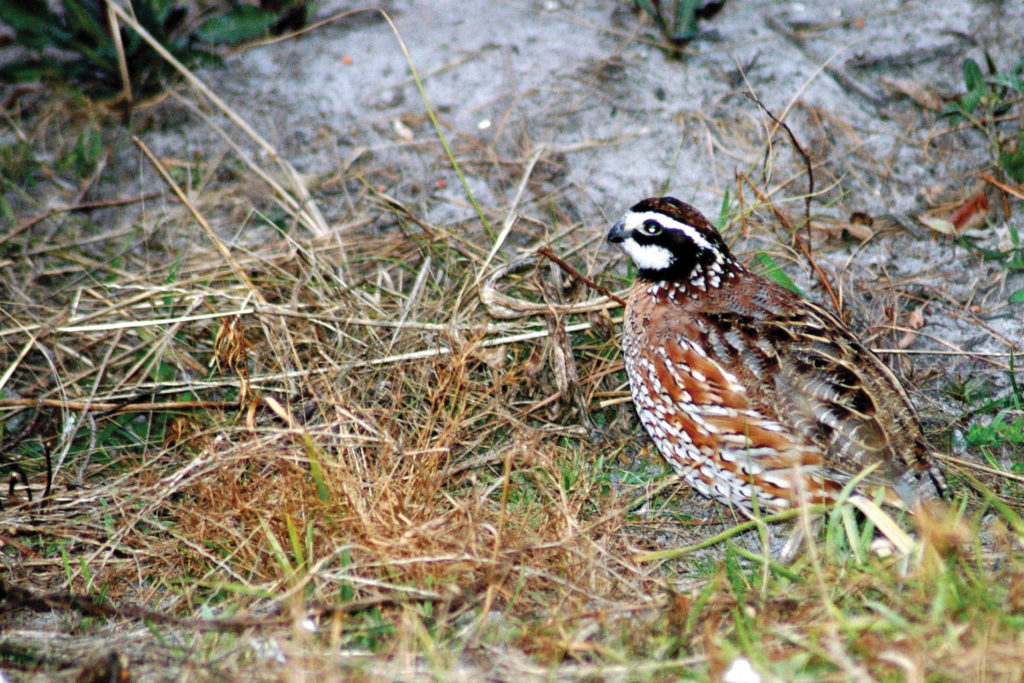Column by John N. Felsher
When sportsmen buy new hunting and fishing licenses, they help ensure that future generations will enjoy Alabama’s abundant natural resources.
“We cannot provide services without those license dollars. We receive no general tax funds,” says Chuck Sykes, director of the Alabama Wildlife and Freshwater Fisheries Division, which is one arm of the Alabama Department of Conservation and Natural Resources.
The ALDCNR uses proceeds from fishing and hunting licenses and permits to pay staff salaries, buy equipment and do other necessary functions to keep the department operating. In addition, the state buys or leases land for public use; builds or maintains boat launches that provide access to Alabama waterways; raises and stocks fish; and many other efforts to enhance outdoor recreation.

In addition, the state does research and monitors game and fish populations to determine season and bag limits. With proper management, wildlife species can thrive, despite hunting pressure. For instance, few people in Alabama ever saw deer or wild turkeys just a few decades ago. Biologists captured deer and turkeys from places where they still existed and released them in unoccupied habitat. Now deer and turkey, two of the most popular game animals, thrive almost everywhere in the Cotton State.
“Proper management of property and wildlife benefits both game and non-game species,” Sykes says. “All animals and fish, whether hunted or fished or not, prosper from proper management. Sportsmen fund a lot of research we do on many non-game species such as gopher tortoises, indigo snakes and golden eagles as well as help restore populations of non-hunted game animals like black bears. Public access allows people to enjoy the fruits of those management activities.”
Part of the funds collected go to improve habitat, not just for popular game fish and animals such as whitetail deer, turkeys and largemouth bass, but all species. These funds also directly or indirectly benefit some endangered species. For example, a habitat enhancement project to benefit bobwhite quail would help songbirds and other species that also use that habitat.
“Recently, we applied for grants from the U.S. Fish and Wildlife Service to purchase property in the Red Hills region of Monroe County,” Sykes says. “This property is home to the endangered Red Hills salamander. We hope to be able to de-list this species very soon. Not only did this purchase conserve and protect critical habitat for an endangered salamander, but it also will provide additional public hunting opportunities. Also, our indigo snake recovery project verified the first wild reproduction this year.”
Besides license sales, the state also receives revenue from federal programs that collect excise taxes on a national basis. The federal government disburses these funds back to the states, based upon the geographic size of the state and the total number of hunting and fishing licenses sold in that state. For every dollar a state collects in license sales, the federal government pays back three dollars. The more hunting and fishing licenses that a state sells, the more money comes back to the sportsmen and anyone interested in the outdoors in that state.
Most of the money to support conservation comes from hunters and fishermen. But others can do their part to preserve and enhance habitat to help wildlife by buying a wildlife heritage license. This license directly helps finance conservation efforts as well as increases the amount of matching federal dollars Alabama will receive.
“Hunters and fishermen have been bearing the burden for everyone for a long time, not just in Alabama, but all across the country,” Sykes says. “People who don’t hunt or fish, but enjoy hiking, bird watching, canoeing or otherwise enjoying public land are not contributing to the upkeep and maintenance of that property or future purchases of public land unless they buy a license. The wildlife heritage license was designed for people who do not participate in hunting or fishing, but who do want to contribute to the system and continue enjoying recreation on public lands.”
More than 260,000 Alabama resident fishing licenses and 150,000 hunting licenses expire at midnight Aug. 31, 2020. New licenses will go on sale in late August. For more licensing information, see outdooralabama.com/alabama-license-information.
John N. Felsher lives in Semmes, Ala. Contact him through Facebook.





